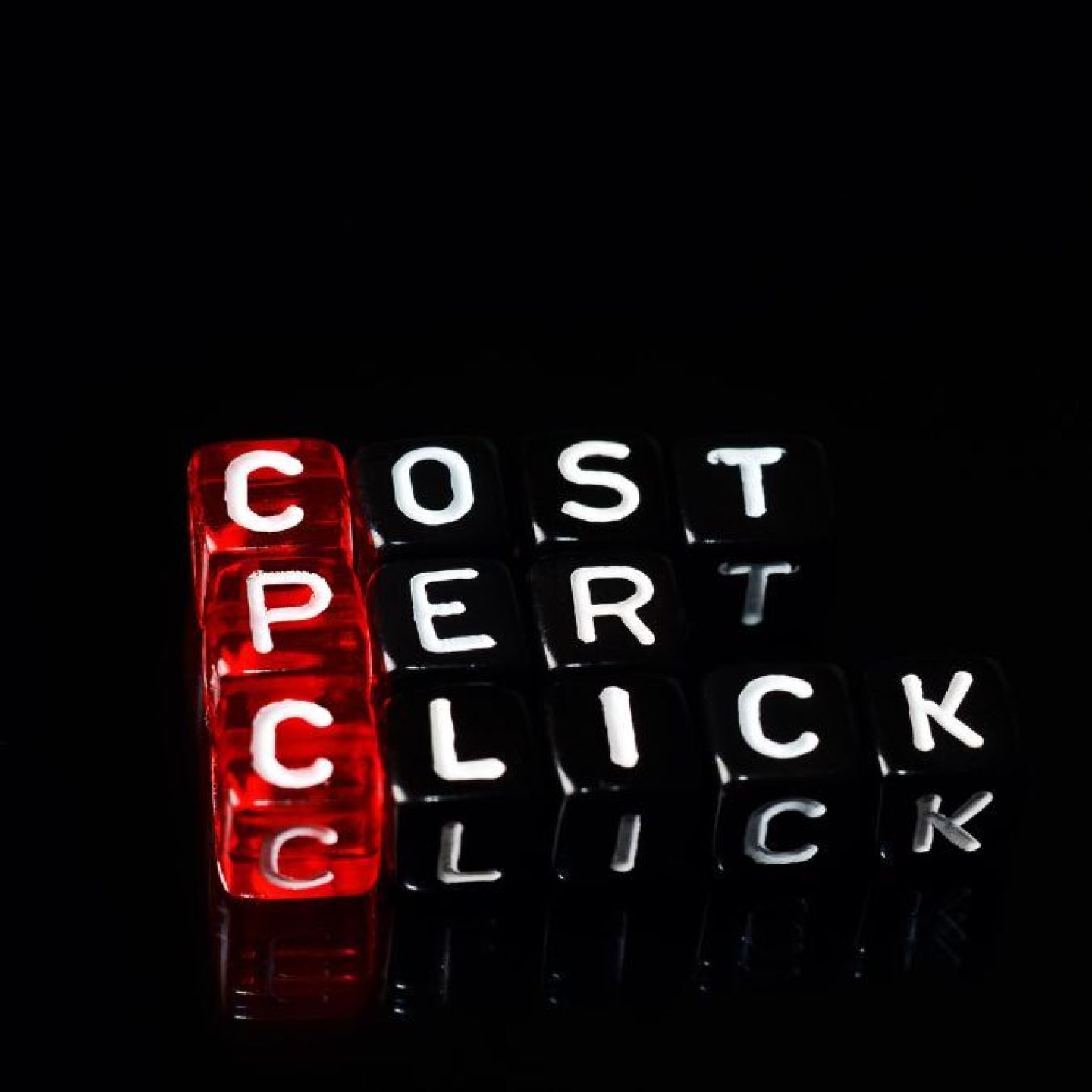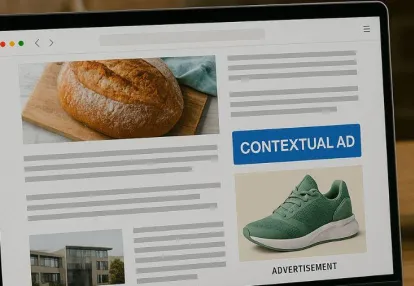
Our spy tools monitor millions of native ads from over 60+ countries and thousands of publishers.
Get StartedCost Per Click (CPC) in advertising is a metric that determines how much you pay for each click on your ads. It is a crucial element in digital marketing, especially in pay-per-click (PPC) campaigns. This model allows advertisers to manage their budgets effectively by only paying when users actively engage with their ads.
Grasping the concept of CPC is crucial for any digital marketer aiming to optimize ad performance and budget allocation. Knowing how to calculate and influence CPC can lead to more targeted traffic and higher conversion rates.
This article will cover:
By understanding these aspects, you can enhance your digital marketing efforts, making your campaigns more efficient and cost-effective.
Cost Per Click (CPC) is a pricing model used in TikTok-ads-payment-problems-how-to-add-a-payment-method" target="_blank" rel="noreferrer noopener">digital advertising. With CPC, advertisers pay a specific amount every time someone clicks on their ad. This metric is important because it helps us understand how cost-effective and efficient our online advertising campaigns are.
CPC is just one of several important models used in digital advertising. It works alongside other models like:
While CPM focuses on getting as many people as possible to see an ad and CPA focuses on getting people to take specific actions, CPC is all about user engagement. Advertisers only pay when someone actually clicks on their ad.
Pay-per-click (PPC) campaigns primarily use the CPC model. The success of these campaigns depends on targeting the right audiences and getting them to click on the ads. Ideally, those clicks will lead to conversions—whether that's making a purchase, signing up for a service, or any other desired action.
By understanding and optimizing your CPC, you can significantly improve the success of your digital marketing efforts. Every click counts towards achieving your business goals, so it's crucial to make sure you're getting the most out of your advertising budget.
Advertisers begin by setting a maximum cost per click (CPC) bid, which represents the highest amount they are willing to pay for a click on their ad. This competitive bidding system in advertising allows advertisers to control their budgets effectively while striving for optimal ad placement.
The actual CPC can be calculated using the formula:
[ \text{Actual CPC} = \frac{\text{Total Advertising Cost}}{\text{Total Number of Clicks}} ]
This equation helps advertisers understand how much they are spending on each click. It's essential to track this metric to ensure that the campaign is cost-effective.
In digital advertising, the actual CPC often varies due to bidding dynamics and competition. When multiple advertisers vie for the same keyword or ad placement, the bidding system determines who gets the spot and at what price. Factors such as ad relevance, quality score, and landing page experience all play a role in these dynamics.
By understanding these components, you can better strategize your bids and manage your advertising costs more efficiently.
Several factors impact the average cost per click across different platforms. Understanding these can help you optimize your campaigns effectively.
The Quality Score is a critical component in determining CPC costs. It consists of:
A higher Quality Score often results in lower CPC rates as platforms reward well-optimized ads with reduced costs.
Targeting the right keywords plays a vital role in CPC costs. Popular and highly competitive keywords usually have higher CPC rates due to increased competition. Conversely, niche or long-tail keywords might have lower CPC but can be equally effective if they attract highly targeted traffic.
Key Points to Remember:
By focusing on these elements, you can better control your advertising expenses while maintaining effective campaign performance.
Various ad formats employ the CPC model to reach targeted audiences effectively. These formats include:
You might wonder about the effectiveness of each ad type based on CPC. Here’s a comparison:
Understanding the types of ads in the CPC model helps you choose the right format for your campaign goals.
The Cost Per Click (CPC) model offers significant advantages for advertisers looking to maximize their return on investment.
Understanding these benefits can help you make informed decisions about incorporating the CPC model into your digital marketing strategies.
Understanding the key differences between Cost Per Click (CPC) and Cost Per Mille (CPM) models in advertising can significantly impact your campaign's success.
Selecting between CPC and CPM depends on what you aim to achieve with your campaign:
By comparing CPC vs CPM models, you can align your advertising strategy with specific goals, ensuring that your budget is utilized efficiently while achieving desired outcomes.
Effective bidding strategies can significantly impact your CPC campaigns, helping you manage costs and maximize returns. There are two main types of bidding options: manual and automated.
Optimizing your ad performance involves several techniques:
Implementing these strategies can help maintain a competitive edge while keeping costs in check. For instance, if you're in the real estate industry, leveraging Zillow advertising could be a game changer. This platform offers unique opportunities to boost visibility for your listings, thus enhancing overall campaign performance.
Keeping up with digital marketing trends is crucial. Future developments in PPC might include more advanced AI-driven bidding strategies, enhanced targeting capabilities, and new ad formats. Understanding how to effectively optimize your CPC campaigns positions you to leverage these advancements.
Implement the strategies discussed to maximize your returns. The knowledge you've gained about what is CPC in advertising and how to manage it will be invaluable for future campaigns.
Stay informed, stay adaptable, and keep pushing for better results in your digital marketing efforts.
Receive top converting landing pages in your inbox every week from us.
How-To
Native ads can do more than drive clicks—they can build long-term brand loyalty. Learn how to use authentic storytelling, strategic placement, and audience targeting to strengthen trust during year-end campaigns. Discover how subtle, value-driven messaging keeps customers engaged beyond the holidays. Ideal for marketers aiming to turn seasonal buyers into loyal brand advocates.
Marcus Chen
7 minDec 15, 2025
Must Read
As third-party cookies fade away, contextual targeting is making a powerful comeback. Learn how to leverage native ads that align with user intent and content relevance to maintain high engagement and conversions. Discover modern tools and tactics that make cookie-free targeting both precise and scalable. Ideal for advertisers seeking privacy-friendly ways to drive performance in 2025 and beyond.
Liam O’Connor
7 minDec 9, 2025
Recently Updated
Native ads can make or break your holiday marketing success. Explore how to evaluate your recent campaigns and identify what worked—or what fell short—with native advertising. Learn key optimization tactics to boost engagement, strengthen audience trust, and increase conversions in future promotions. Ideal for marketers aiming to refine their ad strategies after the holiday rush.
Elena Morales
7 minDec 1, 2025




